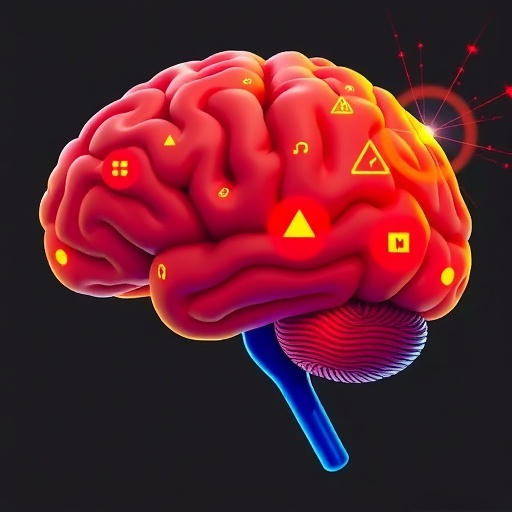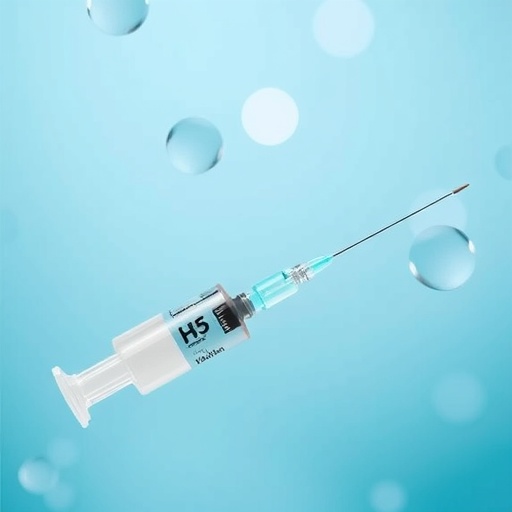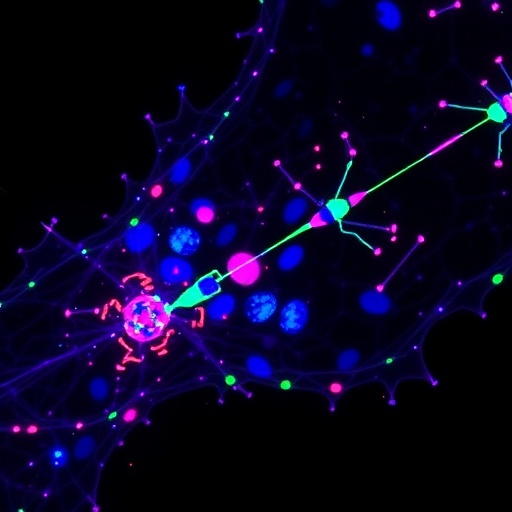In an extraordinary leap forward in neuroscience, recent research has unveiled the intricate ways motor learning sculpts the brain’s corticostriatal circuits—not just at the cellular but at the subcellular level of individual axonal boutons. Utilizing cutting-edge two-photon imaging in combination with a precisely controlled cued lever-pushing task, the study meticulously mapped activity patterns within these tiny synaptic terminals, revealing dynamic, movement-related signaling that is shaped and refined by reward feedback and learning. This work fundamentally expands our understanding of synaptic plasticity and circuit remodelling during skill acquisition.
It is well established that the primary motor cortex (M1) forms coordinated ensembles of neurons whose firing patterns encapsulate complex movement sequences. Previous investigations using somatic calcium imaging and electrophysiological recordings demonstrated that these cortical ensembles enhance their activity correlations as motor skills are engrained. However, this study pioneers a deeper dive, tracing the activity down to the level of boutons—synaptic boutons being the specialized axon terminals responsible for neurotransmitter release at presynaptic sites. The data compellingly demonstrate that bouton populations not only reflect the movement sequences but also evolve toward stable, reproducible patterns that track the progression of motor learning.
A striking revelation from this research is the surprising heterogeneity in bouton activity along individual axons. Despite the boutons being mere micrometers apart on the same axon, their activity profiles varied substantially, challenging the classical dogma of uniform digital signaling along axonal arbors. Traditionally, axons are understood to propagate all-or-none action potentials reliably, ensuring consistent output across synaptic terminals. Yet this study presents a nuanced picture where corticostriatal axonal boutons act as independent processors, capable of demultiplexing signals and conveying distinct activity patterns to postsynaptic targets.
.adsslot_evJuWNl13b{ width:728px !important; height:90px !important; }
@media (max-width:1199px) { .adsslot_evJuWNl13b{ width:468px !important; height:60px !important; } }
@media (max-width:767px) { .adsslot_evJuWNl13b{ width:320px !important; height:50px !important; } }
ADVERTISEMENT
The observed heterogeneity of bouton activity did not remain static. Motor learning induced a profound refinement, progressively increasing the uniformity of activity across boutons on the same axon. This adaptive process was accompanied by enhanced specificity in discriminating rewarded from unrewarded trials, suggesting that synaptic transmission becomes more selective and efficient with experience. Such synaptic tuning aligns tightly with the formation of stereotyped movement patterns and the reduced variability or “jitter” in motor execution that characterize skill acquisition.
Interestingly, this plasticity and heterogeneity were exclusive to corticostriatal axons originating in the motor cortex. Thalamostriatal boutons projecting to the same striatal regions exhibited markedly homogenous activity, almost exclusively active during rewarded movement trials, reflecting a different functional role. These thalamic inputs appear to encode salient environmental cues rather than the fine-grained dynamics of movement, underscoring the division of labor among synaptic pathways converging onto the striatum.
The research also draws connections between bouton activity timing and striatal neuron subtypes. Previous studies have shown that dopamine receptor D1-expressing spiny projection neurons (SPNs) fire predominantly during movement execution, while D2 SPNs activate mainly post-movement. The bouton activity patterns bear resemblance to this biphasic firing, hinting at potential preferential connectivity where early-movement boutons may target D1 SPNs, and post-movement boutons connect more with D2 SPNs, although further studies are needed to confirm this.
This work disrupts conventional views about axonal signal fidelity by proposing a model where en passant boutons on a single axon are not mere relay points but functionally distinct units that process and transmit diverse output patterns. This mirrors specialized synapses in sensory systems where analogue signaling modulates synaptic output, but here it takes a novel form within motor circuits, contributing to the richness and flexibility of neural coding underlying learning.
Motor learning itself emerges as a powerful sculptor of bouton function and structure. Alongside activity refinements, the study identified activity-dependent structural plasticity within boutons, underscoring the dynamic nature of these synapses. Such remodeling likely enhances synaptic stability and efficacy, contributing to the long-term consolidation of motor skills and the robustness of corticostriatal circuits.
Overall, the study offers a compelling new framework linking subcellular synaptic dynamics to system-level circuit functionality in motor learning. The demonstrated bouton heterogeneity and plasticity reflect sophisticated synaptic computations that enable the brain to efficiently encode and refine motor actions. This work opens exciting avenues for further exploration, including simultaneous imaging of pre- and postsynaptic partners to dissect connectivity patterns and neuromodulatory influences in vivo.
The findings not only deepen fundamental understanding of neuroplasticity but provide potential insights relevant to neurological conditions where corticostriatal function is impaired, such as Parkinson’s disease and dystonia. By exposing the microcircuitry adaptations that underlie skill acquisition, this research moves the field closer to targeted therapeutic strategies that could harness synaptic remodeling for rehabilitation.
In summary, this groundbreaking investigation uncovers a rich tapestry of functional diversity and plasticity at the finest level of synaptic organization in motor circuits. It redefines axonal boutons as independent yet coordinated signaling units whose coordinated remodeling sculpts the corticostriatal pathways fundamental for learning skilled movement, highlighting an elegant neural mechanism bridging molecular, synaptic, and behavioural domains.
Subject of Research: Motor learning-induced synaptic remodeling in corticostriatal circuits at the level of individual axonal boutons.
Article Title: Remodelling of corticostriatal axonal boutons during motor learning.
Article References:
Sheng, M., Lu, D., Roth, R.H. et al. Remodelling of corticostriatal axonal boutons during motor learning. Nature (2025). https://doi.org/10.1038/s41586-025-09336-w
Image Credits: AI Generated
Tags: activity patterns in synaptic boutonsaxonal bouton dynamicsboutons and neurotransmitter releasecorticostriatal circuitsmotor learning and brain remodelingmovement-related signaling in the brainneuroscience research advancementsprimary motor cortex neuron ensemblesreward feedback in learningskill acquisition and neural circuitssynaptic plasticity in motor skillstwo-photon imaging in neuroscience





